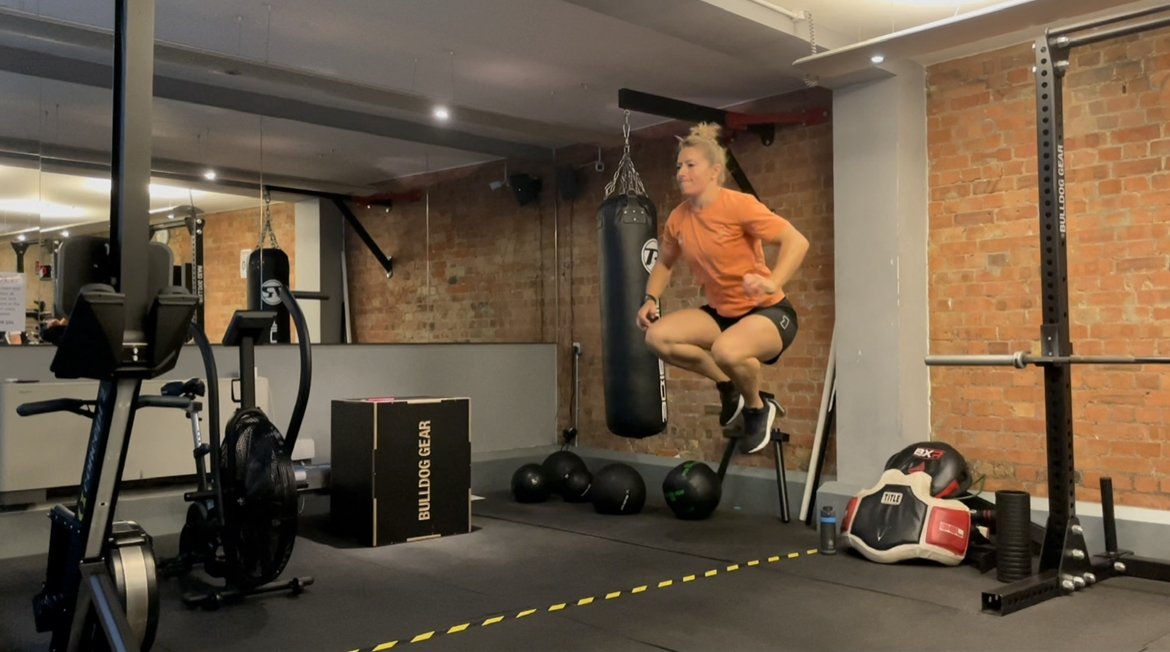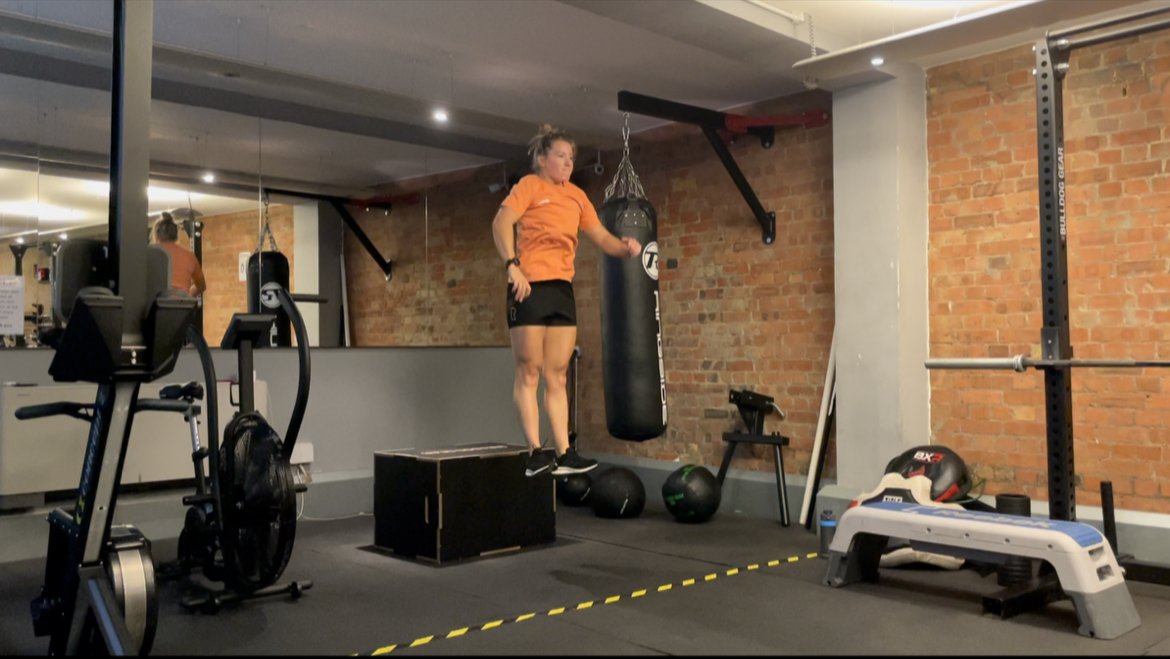FEEPO articles
Free Off-Season training programme to get you back into training. Put the work in now and get in the best position to smash your upcoming Pre-Season.
Our fifth and final article with Omar Hayward looks at injury incidence in women’s rugby and how to prevent them through your strength and conditioning training.
We are learning more and more about how the menstrual cycle impacts performance, training adaptations and injury risk.
This article outlines the phases of the menstrual cycle and how training should adapt around each phase.
Omar Hayward is one of the leading professionals in this area of research and we’re thrilled to share his thoughts on this important topic with you.
This is the fourth in our series with Omar.
What enables some teams to succeed under pressure and others to crumble? Team resilience helps teams to perform well under pressure and bounce back from adversity but it’s not built overnight. Read more and help your team become more united this season.
Game-day nerves are a natural part of playing rugby, at any level. Here’s how to manage yours so you can perform better on the pitch and in other areas of your life.
When trying to lose fat, it’s tempting to significantly reduce your calorie intake. However, this is going to negate your training adaptations and open you up to injury and illness. Here’s a guide on how to improve your body composition whilst training effectively for rugby.
Sport psychology can hugely benefit you as a player (and person). Here’s how to improve your mental toughness through goal setting and developing your self-confidence.
S&C is a vital part of preparation for playing rugby, at any level.
In part three of our series with Omar Hayward, England U20s lead S&C we discuss where to begin for players starting out on their physical development journeys.
In part two of our series with Omar Hayward, England U20s lead S&C we discuss some of the characteristics of female rugby players at the top level as seen in the research.
In part 1 we explain what plyometric training is and why it’s so important for developing speed and power for rugby. We also give insight into how to effectively implement plyos into your training with guidance on sets, reps, and frequency.
Part 2 looks at the types of plyometric movements you should be performing as part of your training for rugby. In this article we also provide video demonstrations of movements and progressions. Take and look and have a go!
We’ve teamed up with Omar Hayward, lead S&C for England U20s, to answer some important questions in women’s rugby right now.
In part 1 of this series, we look at the optimal training schedule for amateur rugby players looking to improve their performance.
The phrase ‘return to rugby’ is everywhere - but what does it mean? It means getting your body equipped to handle the demands of rugby. This is a vital part of your training as we head back to our clubs for training at last!
Develop your knowledge of nutrition to maximise training adaptations and take your rugby performance to the next level. Here’s are the nutrition essentials for a female rugby player.
BURST, BOOST, BREEZE! We use three energy systems during rugby. One for making 10m dashes, one for making tackle after tackle, and another for getting yourself around the pitch efficiently. We need to train these all three systems to maximise performance and win games.
Here’s everything you need to know to maximise your pre season this year and beyond. The ultimate guide.
Building muscle mass for rugby is NOT the same as bodybuilding. Here’s a guide on why you need to make gains this season and how to do this effectively for rugby, as a woman.
Hit harder, run faster, scrum better, jump higher, kick-chase quicker, and stay on the pitch longer. Sounds good right? You can’t do any of these things without strength and conditioning. Here’s a breakdown of S&C and how to train for your goals.
Join the club.
Sign up to receive FEEPO’s latest articles, programme drops, and fresh workouts.





















Female rugby players have specific nutritional requirements and it’s important you know yours if you’re going to get the most out of training and playing.
Here’s information on macros, calories, and how to work out your daily calorie needs.